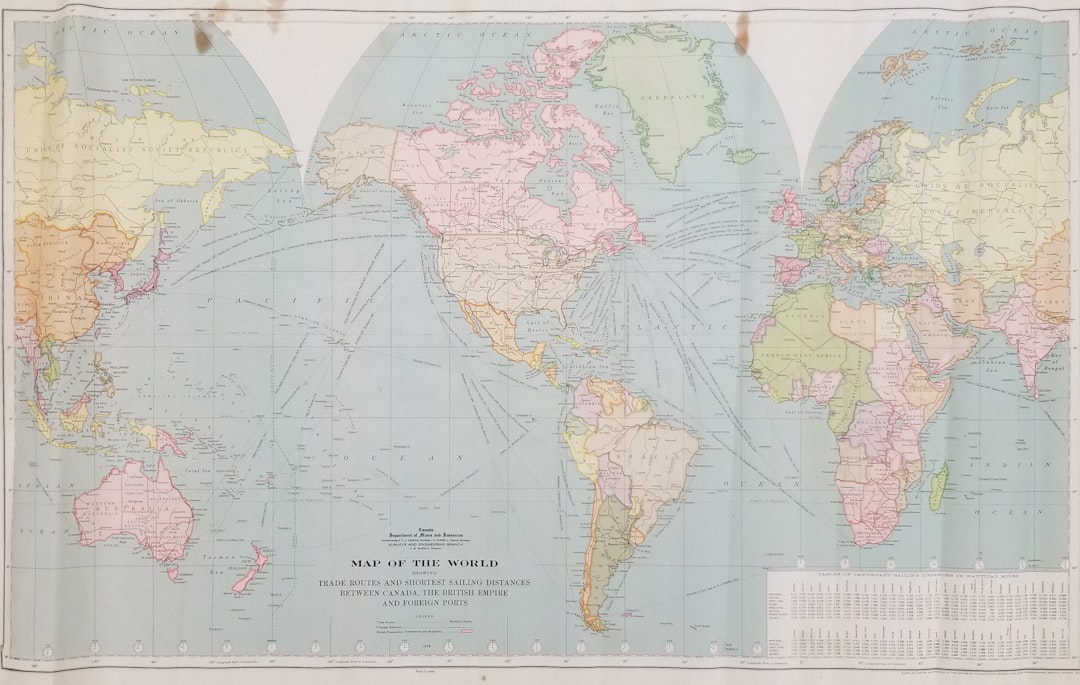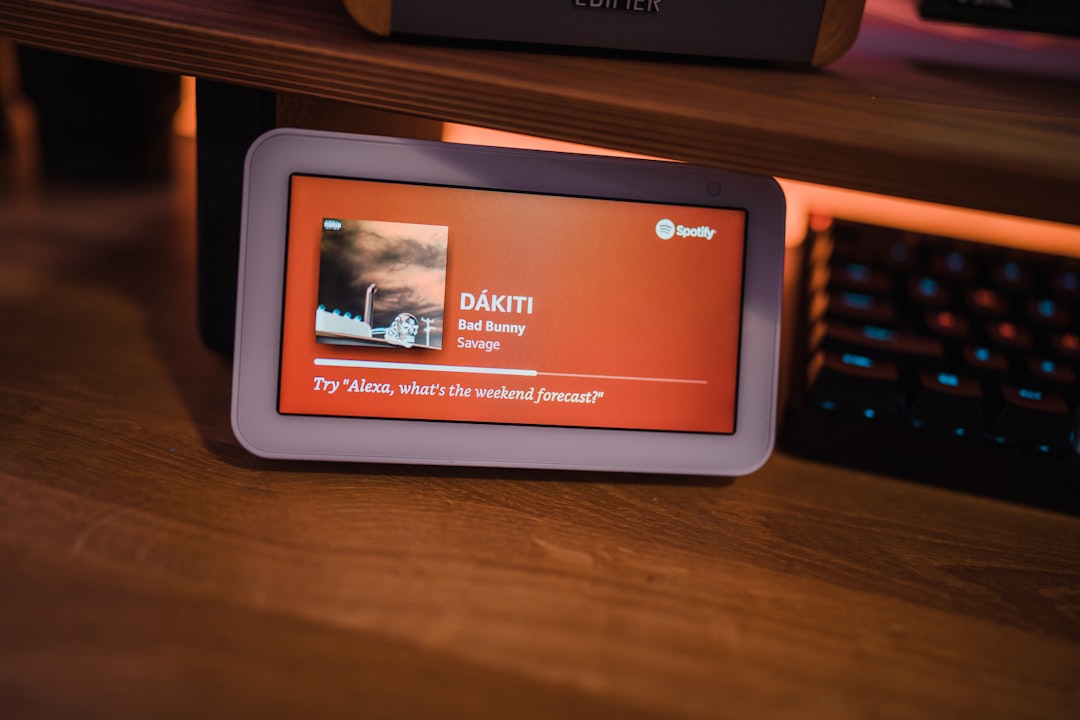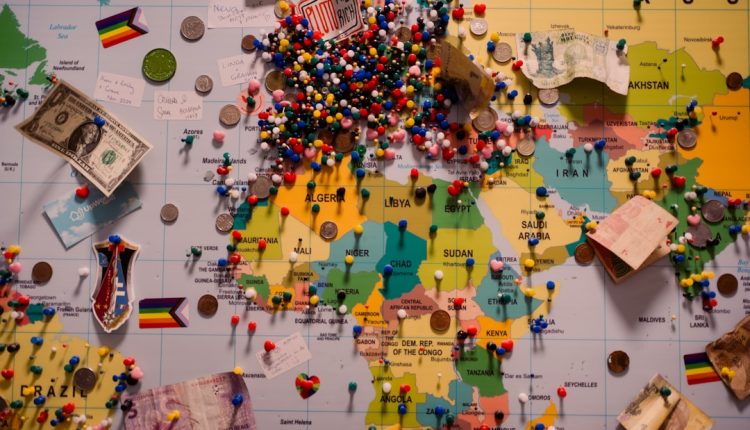Ever tried watching a DVD from another country and got a black and white picture — or none at all? You’re not alone. That happens because of the TV video standards called NTSC and PAL. They’re kind of like languages that TVs and videos use to “talk” to each other. If your TV doesn’t speak that language, things don’t look right.
Let’s break it down simply so you’ll know what all this means. You might even enjoy it along the way!
What Are NTSC and PAL?
Table of Contents
NTSC and PAL are two major video format standards used around the world. They affect how video is shown on a screen. They were first created for analog TV broadcasting but still matter today for DVDs, TVs, and some video games.
- NTSC stands for National Television System Committee. This format came out of the United States in the 1940s.
- PAL stands for Phase Alternating Line. It was developed in Germany in the 1960s.
Your location usually decides which one is used. For instance:
- NTSC countries: USA, Canada, Japan, South Korea, Mexico
- PAL countries: UK, Australia, India, South Africa, most of Europe

Key Technical Differences
Let’s compare! Here are the big differences between these two systems:
- Frame rate:
- NTSC runs at 30 frames per second (fps) — actually 29.97, but close enough.
- PAL runs at 25 frames per second (fps).
- Resolution:
- NTSC has 525 lines of resolution.
- PAL has 625 lines, so the picture is a little sharper.
- Color encoding:
- PAL tends to have more stable colors.
- NTSC can sometimes have color shifting issues, especially in older setups.
- Power frequency:
- NTSC countries use 60 Hz electricity frequency.
- PAL countries use 50 Hz. The format matches this for smooth motion.
Why Should You Care?
Okay, all that tech talk is fun (maybe). But how does it affect you?
If you’re buying or playing media from another country, it could matter a lot. Here’s why:
1. DVDs and Blu-rays
Say you buy a DVD in the UK (PAL), but you live in the US (NTSC). If your DVD player and TV can’t handle PAL signals, you’ll likely see:
- A flickering or rolling screen
- No picture at all
- Black and white video
Same goes if you buy content online from a PAL region and try to play it on NTSC gear.
2. Video Game Consoles
Older video game systems like the Super Nintendo or Sega Genesis had different versions for NTSC and PAL. These were not easily interchangeable.
Even modern consoles may lock games to a certain format. PAL games might run slower due to fewer frames per second.
3. Editing and Streaming Video
If you’re editing video, maybe for YouTube or TikTok, you may want to pay attention to the format. Mixing frame rates (25 fps and 30 fps) can make your video look jumpy or cause syncing issues with audio.
So choosing the right format can mean smoother clips and better sound.
Can Today’s TVs Handle Both?
Good news! Many modern TVs and DVD players are called “multi-system”. That means they can handle both NTSC and PAL formats automatically.
But not all of them do. Check your manual or look for “multi-system” or “PAL/NTSC compatible” before you buy.
Need to switch between them? You can use a device called a video converter.
What’s a Video Converter?
A video converter changes one format into another. For example, it will take a PAL signal and shift it to NTSC so your TV can understand it (or vice versa). Perfect for global travelers or movie collectors!

A Surprise Twist: SECAM
What’s that? There’s another format?
SECAM, which stands for Sequential Color With Memory, is used in countries like France, Russia, and parts of Africa. It’s like PAL’s cousin but not very common anymore. Most modern players don’t even bother with SECAM now.
So don’t worry, you probably won’t run into it often.
Which Is Better: NTSC or PAL?
Great question! Here’s a quick side-by-side:
| Feature | NTSC | PAL |
|---|---|---|
| Frame Rate | 30 fps | 25 fps |
| Resolution | 525 lines | 625 lines |
| Color Stability | Less stable | More stable |
| Smoothness | Smoother motion | Slightly choppier |
So PAL has better picture resolution and more reliable color. But NTSC offers a smoother frame rate. It really depends on what you value more — sharp images or smooth action.
The Modern Twist: Digital Streaming
Now, with services like Netflix, YouTube, and Disney+, these issues are fading away. Digital video is not bound by NTSC or PAL anymore. Your internet connection matters more than your TV format.
These services automatically adjust video to match your device. Hooray for simplicity!
Quick Recap
Here’s what you need to remember:
- NTSC and PAL are video standards used in different countries.
- They differ in frame rate, resolution, and color systems.
- If you mix them, some devices might not play them correctly.
- Modern TVs may work with both, but check before you buy.
- Video converters can help if you’re mixing formats.
- Streaming platforms avoid these issues entirely. Yay!
Final Thoughts
NTSC vs PAL may sound technical, but it’s really about making sure your video matches your gear. Whether you’re watching a movie, playing an old-school video game, or making a YouTube masterpiece — knowing the difference helps things look just right.
So next time you stumble across unfamiliar video formats, don’t panic. You’re now officially format-savvy!

